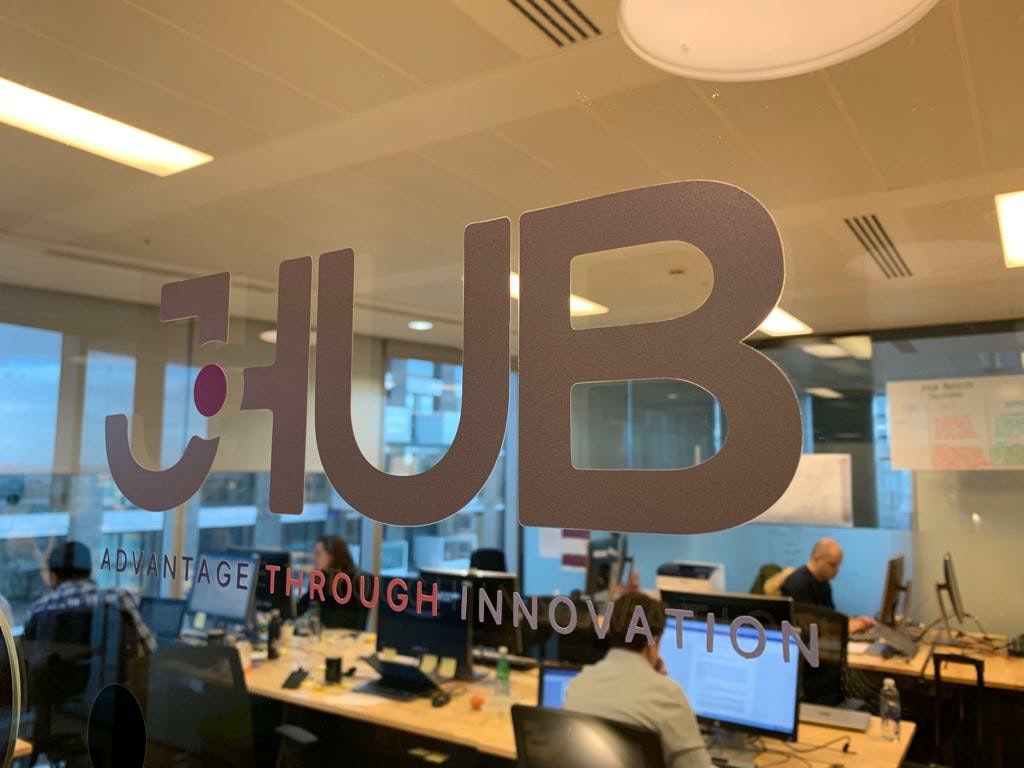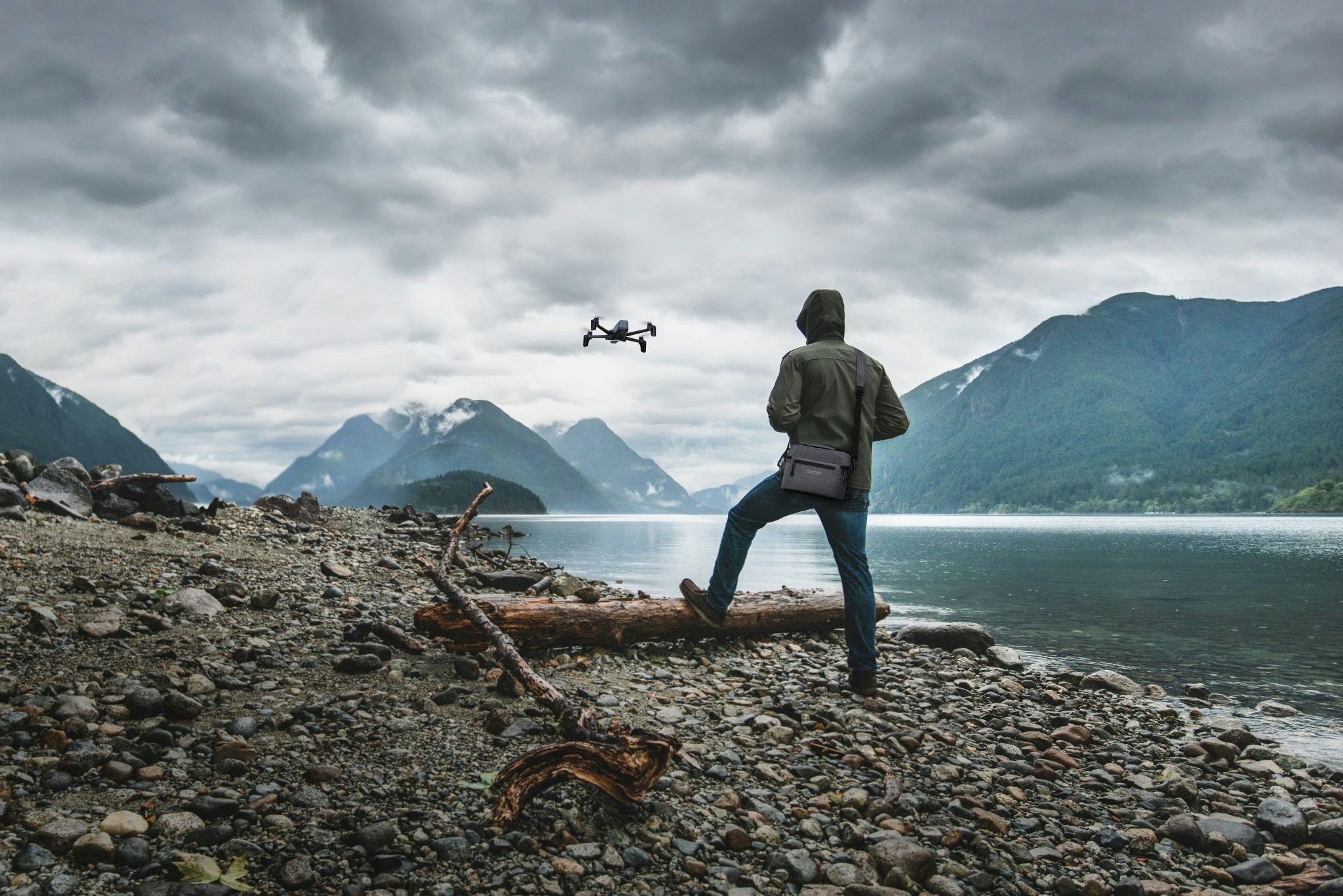In December 2013, Amazon founder Jeff Bezos predicted drones and drone technology would be distributing packages within five years. Now, in 2019, Alphabet’s Wing might have won initial approval from Australian and US regulators to make a limited number of deliveries, but we are still a long way from widespread realisation of Mr Bezos’ dream.
I’m often asked just how far off we are from seeing a sky full of drones delivering everything from new gadgets to weekly grocery shops. The reality is, we have the drone technology and the desire to make it happen, but there are four significant challenges we need to address.
1. There are safety concerns regarding drone technology
For commercial drone use to become routine, drones need to be safely integrated into everyday aerial traffic flow. Drones need to be able to plan a path through the air, and to be able to react to hazards.
In the UK, there’s a high chance at some point on a delivery drone’s journey, it will need to cross ‘controlled airspace’, which is managed by air traffic controllers. Together with the CAA (Civil Aviation Authority), air traffic controllers are charged with keeping our skies safe. However, the rising number of drones is creating friction.
Air traffic control is still heavily reliant on manual operations. These don't work for drones.
One reason for this is that air traffic control is heavily reliant on manual operations by human air traffic controllers, who talk to aircraft pilots over radio and track aircraft on consoles in front of them. They cannot do the same with drones. Even if they could, the sheer volume of forecasted drone traffic would make it impractical and much less safe for them to continue without new solutions which can assist day-to-day traffic management through automation.
Industry alliances - such as Operation Zenith, led by Altitude Angel, which took place at Manchester Airport in November 2018 - have shown that drones can be fully integrated in an environment as busy and complex as an airport (Manchester is the UK’s third-busiest airport), and even in situations involving ‘rogue drones’ or unplanned movement by manned aircraft.
NATS, the main air traffic control provider in the UK, subsequently deployed the Airspace User Portal (AUP) - built by Altitude Angel - to six UK airports, including Heathrow. Where the process of requesting permission to fly a drone in restricted airspace previously required a letter or phone call weeks in advance, this digitised system enables decisions to be made near-instantly.
This is a quantum leap forward, opening up the skies to more sophisticated drone technology, for example being able to operate commercial drone fleets. But for maximum impact it needs all airports to come on board.
2. There is no central tracking system yet
As the skies get busier and busier, it becomes increasingly important to be able to ‘know’ where both drones and traditional manned aircraft are.
Absurd as it may sound, many piloted aircraft still can’t be seen or tracked by air traffic controllers or others in the sky.
Drone technology in many commercial drones can share location information with a central service provided by the operator, automatically. However, absurd as it may sound, many piloted aircraft still can’t be seen or tracked by air traffic controllers or others in the sky. What’s needed is a way to connect the location of all airborne craft, from the largest commercial airliner to the smallest drone, up to the same system.
With a nationally centralised service which is open to everyone in the drone industry to use, the UK could safely unlock its skies to millions of controlled drone operations while retaining control of safety rules and security.
Such a system could even deal with ‘rogue drones’. Data from specialist sensors on the ground around airports could be integrated into airport systems and ‘fused’ with data from the drone tracking systems. This data could be connected with the new national system and would highlight which drones are legitimate and which are somewhere they are not supposed to be.
3. Drones lack a business case
One of the biggest hindrances for drone technology to be adopted in society is a lack of a strong enough business case for commercial drone use.
It has been shown that using drones on airfields can deliver financial benefits. A speedy inspection of a runway using a camera attached to a drone, for example, can keep an airport running smoothly and reduce airlines’ liabilities to passengers for delayed flights under the European compensation scheme.
However, if there is one pilot operating just one drone there isn’t a strong enough business case, particularly because drones can only fly within the pilot’s line-of-sight.
A real business case will emerge when multiple drones can be flown beyond visual line of sight by one pilot or by a computer.
When a pilot becomes able to operate multiple drones at once – for example; a delivery van driver parking up in a village and making multiple deliveries simultaneously using several drones, one can start to see how the business case could stack up. Alternatively, imagine a drone ‘swarm’ fanning out to find a vulnerable missing person in hundreds of square kilometres of national park: one can quickly see how game-changing drones could be in helping to save lives.
The true potential of this sort of drone usage will be unlocked when multiple drones can be flown beyond visual line of sight by one pilot or as an automated, computer-piloted drone.
With a strong business case and lifesaving potential, we’ll be able to successfully tackle our fourth blocker…
4. Public acceptance for drones is low
The use of drones in built-up urban areas has not been widely embraced by the general public. Some people perceive drones as noisy and disruptive, while others worry every drone has a camera which is ‘spying’ on them in their own back garden.
We need to show the public more stories about life-saving drones.
To overcome public concerns we need to educate people. We need to demonstrate the benefits of using drones and drone technology – not just as a way of delivering commercial goods faster – but also for non-commercial use cases. Imagine the cost reduction for the NHS if it is able to save lives by delivering much-needed blood or life-saving medicines via drones, flying quickly above densely congested streets. Some stories like these are coming through, most recently in Baltimore where a kidney for transplant was flown between two hospital sites three miles apart before being successfully transplanted.
We’re also seeing airports take the threat of drone disruption far more seriously and they are deploying technology to combat ‘rogue’ drones in an attempt to prevent ‘another Gatwick’. Heathrow and five other airports operated by NATS are now using Altitude Angel’s GuardianUTM platform to give authorised users access to airspace in and around airports, and let the authorities quickly identify a drone as friend or foe.
Showing that problems and disruption can be easily solved will help win public trust, and help to bring on the drone revolution we were promised.



